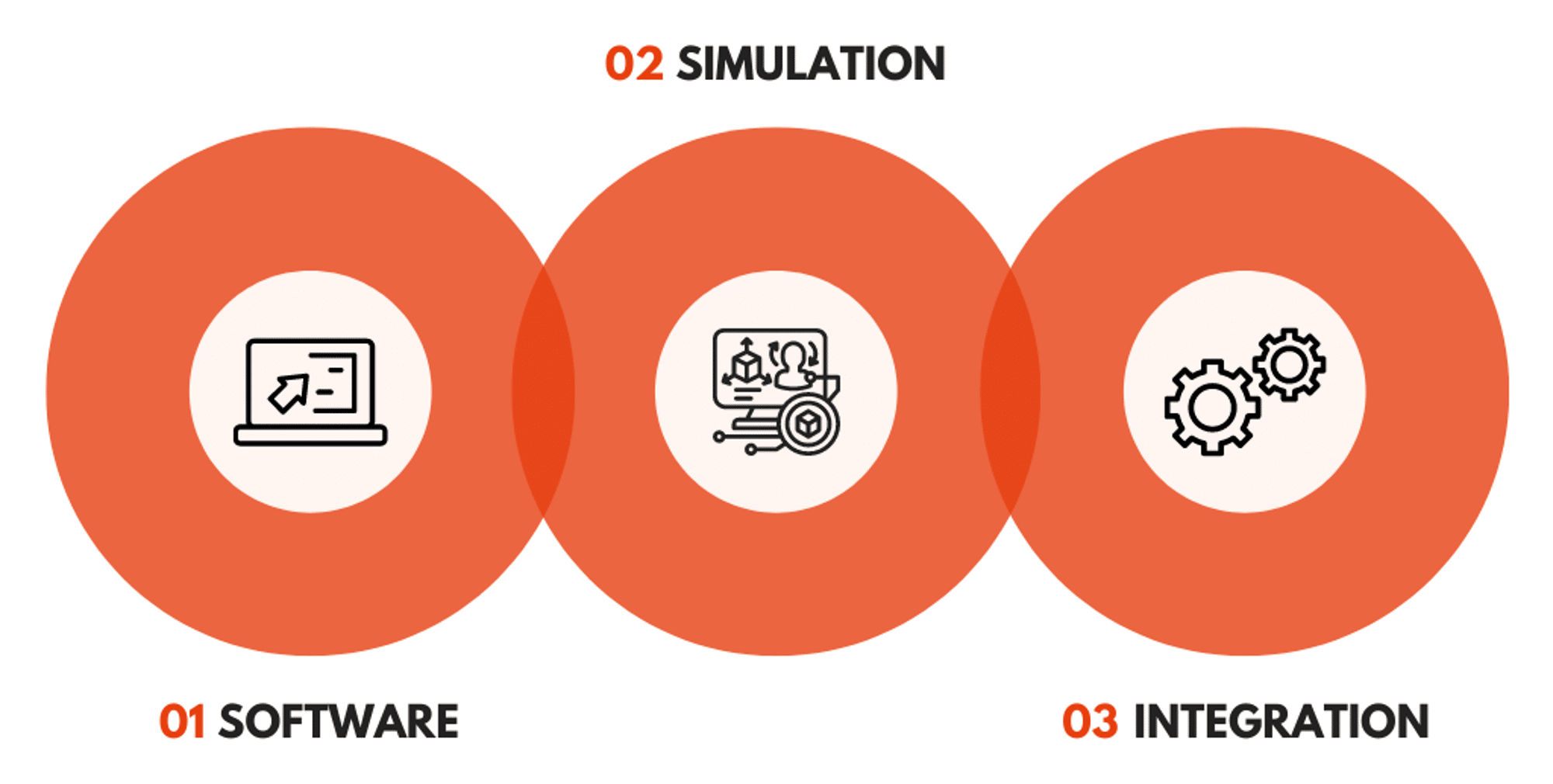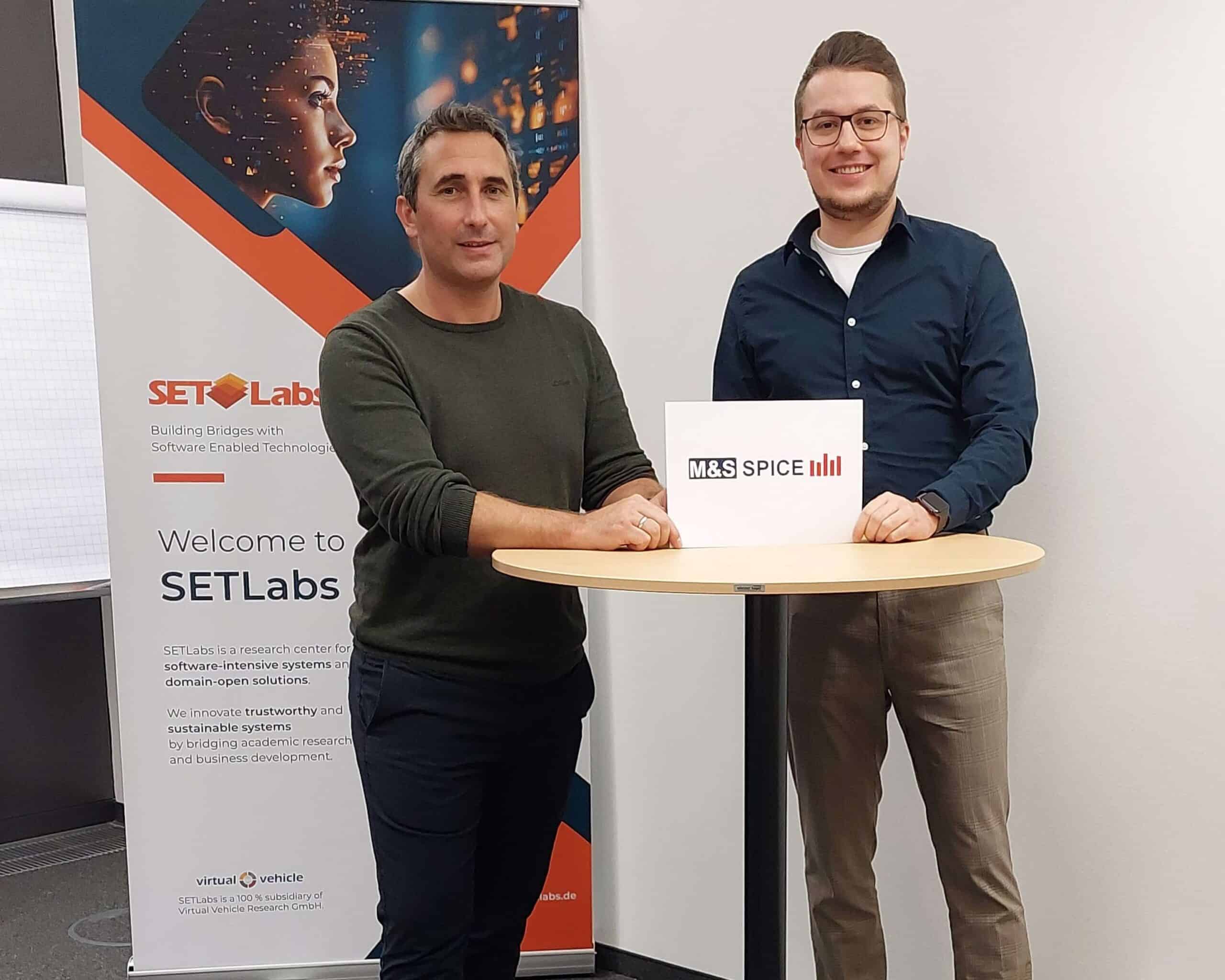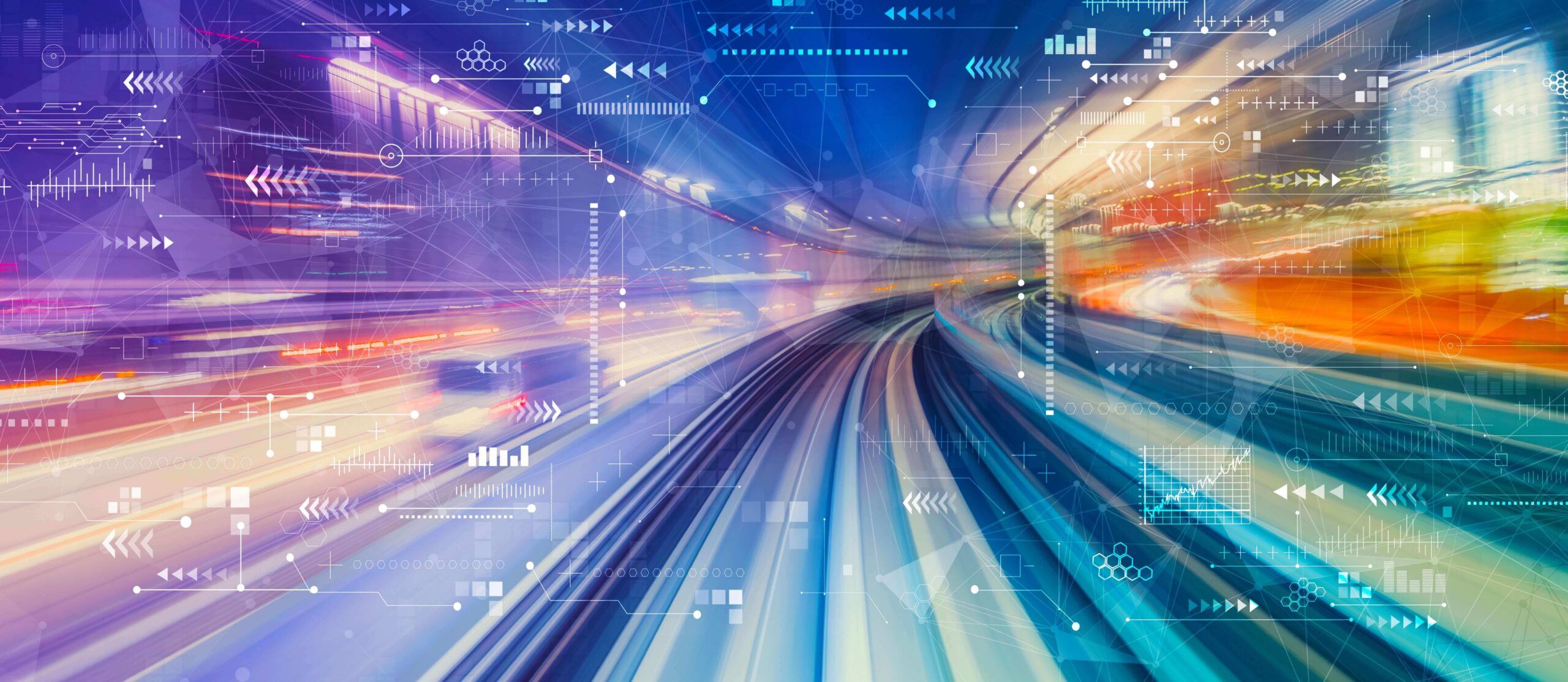Healthcare Technologies
SETLabs is committed to the conception and development of sustainable and trustworthy healthcare technologies for the future. We research and develop human-centered methods for the harmonization of human-machine interaction, advancing the integration of robotics and AI in the healthcare sector.
Another focus is developing methods to advance the applicability of human digital twins to foster the prospect of preemptive diagnostics and personalized healthcare.
We want to transform innovations into tangible reality. Thus, we partner with Medtech manufacturers, healthcare providers and practitioners, medical research institutes, and of course, the patients themselves.





